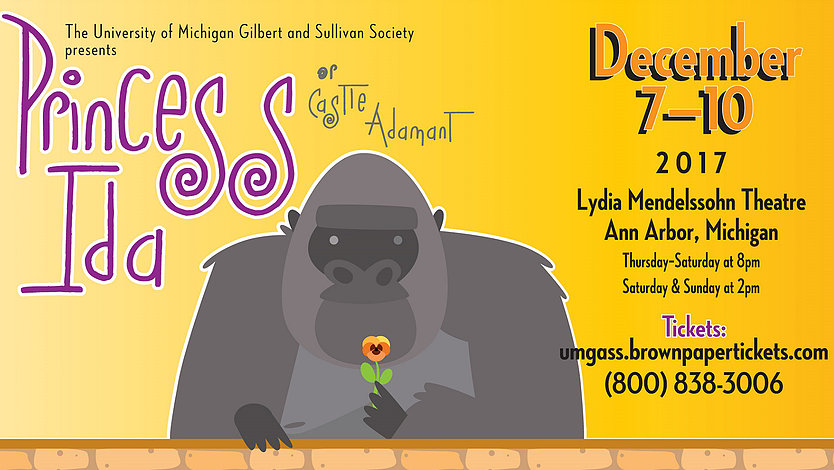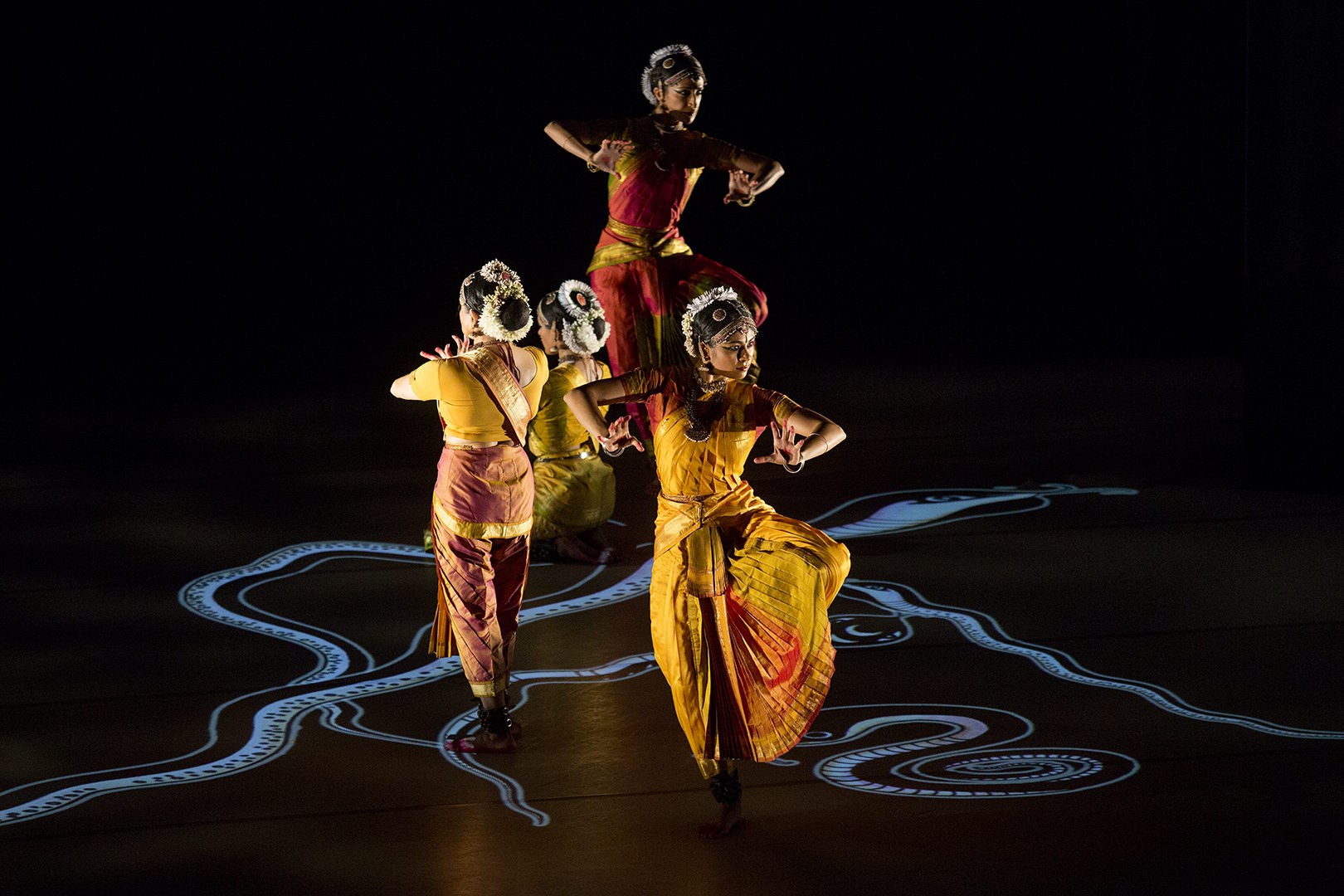It is simply astounding that out of all the possible things that could happen, out of all the ways things could turn out, it is this one way that events align. How astronomically unlikely it is that two people would meet each other, at this time and at this place, and be suited enough to each other that they could form an attachment, remain woven into each other’s timeline; how much more possible that they never meet at all, never become the people they need to be to be suited to each other. In any romance, or even any story involving the meeting of people, or maybe even any accounting of an interaction between two objects, it is a given that the paths of those individuals did cross, and what matters is everything that follows. Constellations accounts for the possibility that nothing follows, that the spacetime continuum doesn’t allow for a story at all. In bringing to the foreground the laws of physics, it reminded me that everything that does happen is wondrous just because it happened, and not something else. Somehow Constellations maintains the inevitability of a single possible outcome and also confirms the existence of infinite potential outcomes.
Time is linear, and yet it must go in parallel lines because so many different end results occurred in the play. And it must be intuitive to understand this at some level because even with the same lines, and cuts forward and backward in time with no cue but lights and tone of voice, those vignettes assembled clearly into cohesive alternate timelines. There are so many ways to say the same words, all of which change the way the characters perceived their timelines if not the timelines themselves. Skillful is the least you need to be to switch from angry to loving, bouncy to pensive, in a split second, and these actors were worlds better than merely skillful. I didn’t expect each vignette to be so short—really just a few lines before it was repeated with a different interpretation—but those little snippets of story were enough to give the show the texture it needed.
It was very full-bodied for a show that was only an hour and ten minutes long. It felt much longer, not longer because it was boring but longer because it was mesmerizing enough that it felt as if there was too much story there to have unfolded in only an hour. I think several lifetimes happened over the course of the play, lifetimes that contained laughter, awkwardness, poignancy, anger, and love all at once.
I realize this isn’t a review so much as it is a reflection. Perhaps that defeats the purpose, but I mention this because any show that makes me think, the way Constellations did, is worth seeing. Had I been asked before tonight, I would have told you that if you had enough numbers, enough variables, and an equation, you could calculate the outcome of the universe. And perhaps I still would. But tonight, string theory seems closer and truer than it ever has before.








